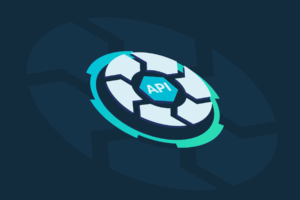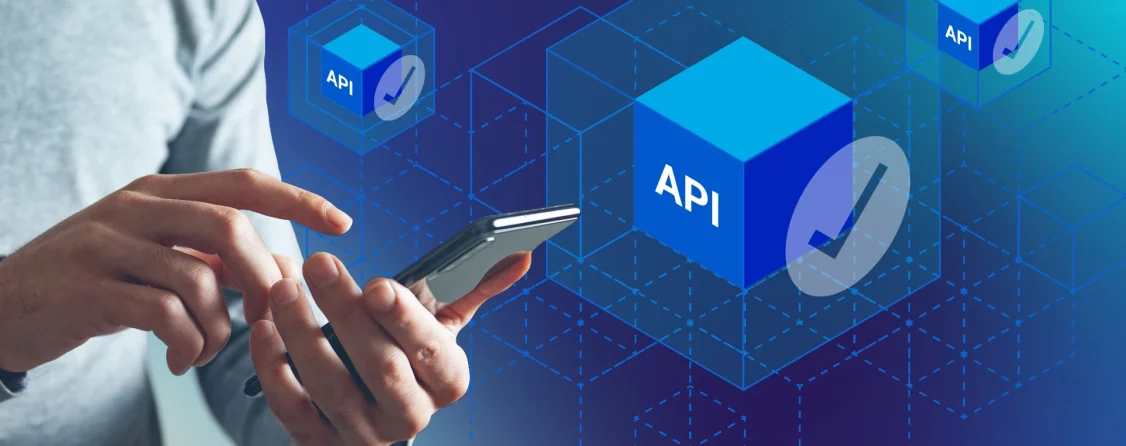This is part three of our three-part API Threat Protection series. In part one, we talked about the modern approach to API discovery, and in part two, detecting API threats. We’ve learned that there’s a need for real-time, automated prevention measures to block API threats, and that’s the final step in the Unified API Protection framework – moving from awareness to action.
The proliferation of APIs in the enterprise has brought a new class of cyber threats. Organizations without sufficient API protection may find that their APIs have become a preferred attack target beyond even their applications. The ideal way to keep data as safe as possible involves unified API protection, meaning your organization is able to discover its potential attack surface, detect real-time threats and prevent those threats natively, in real-time. It’s important to not overlook that third step, prevention, especially because most pure-play API security products stop short of actually blocking attacks.
Why is API protection so important? Preventing attacks before they start
API threat prevention is such a high priority because of the dire consequences that can result when organizations don’t have adequate defenses in place. Common API-related attacks, such as system compromise due to weak authentication, account takeovers and sensitive data exfiltration can lead to significant negative consequences.
With APIs powering so many applications while also attracting so much attention from attackers, it’s vitally important for every company to have a threat prevention strategy in place specifically focusing on API attacks. Without one, organizations risk loss of revenue, brand damage, downtime, skewed sales analytics, and increased infrastructure costs.
OWASP API Security Top 10: a starting baseline
As common API vulnerability types and risk factors IT security teams can expect to deal with, the Open Web Application Security Project (OWASP) API Security Top 10 list provides a useful primer. The two most popular threats on the list involve threat actors using broken access control features to break into systems. At No. 3 on the list is inadvertent sensitive data exposure due to cryptographic failures. Each of these risks is often the result of coding errors on the back end.
Other issues highlighted by OWASP include misconfigured security features, authentication problems, outdated components and design flaws.
Real-world impacts of API threats
API attacks can have wide-ranging and profound implications for organizations and their customers. Account takeovers, sensitive data exposure, and content scraping are all common attacks that have real financial and other costs such as brand impact, skewed marketing and sales analytics, increased infrastructure costs, and downtime. And now with AI bots scraping valuable IP and agentic AI-powered attacks, organizations need to be more vigilant than ever.
What are the steps and best practices of API threat prevention?
Threat prevention encompasses a few different potential responses to harmful traffic. As soon as an organization detects an attack targeting its APIs, the security solution should counter the incoming traffic with the appropriate action. This could involve:
Block Threats at the edge with real-time response
First, blocking threats at the network edge before they’re able to get to their target applications and APIs is ideal. This ensures that attacks aren’t successful and prevents performance hits to those applications and APIs due to increased attack traffic.
Control traffic with intelligent rate limiting
Another option is to reduce traffic with rate limiting. It’s critical to have software that can do this intelligently so that legitimate customer traffic is not negatively affected. Attacks that rely on large amounts of attempts or traffic, known as volumetric attacks, can be thwarted with intelligent rate limiting.
Prevent regional threats with geo-fencing rules
As bad actors distribute their attacks across geographies to evade basic CDN and WAF rules, in some cases geofencing traffic can greatly reduce or even eliminate a threat. For example, if an organization only does business in the US, they may geofence off other parts of the world where attacks appear to be originating.
Deceive and disarm sophisticated threats
One of the guiding principles in attack defense is that the harder you make the attacker work, the more likely they will move on to easier targets. Deceptive responses are designed to do exactly that, confuse and delay the attacker by sending responses that, for example, look like the attack was successful when it actually was not.
A well-configured rules and ML engine can not only ensure every attack is met with the correct response, but it can also dramatically reduce false positives. This is an important consideration because so much of a given organization’s data interchange will occur via APIs and attackers are adept at making their malicious actions appear legitimate. It’s important to keep the APIs running smoothly while also providing security.
How do you combine API threat detection with prevention?
Seamless integration is the key concept for providing a unified API threat prevention experience.
API threat prevention should also be closely integrated with API discovery and detection tools, ensuring that every risk factor and vulnerability identified by these solution elements receive a timely, appropriate and automated response. The only way to ensure a rapid response is to look for a solution that natively mitigates threats, without the need to rely on third-party security tool integration.
API threat prevention tools that take advantage of this close integration can protect against both known threat types and emerging threats, as cataloged by the API discovery and detection solution components.
With advanced ML-based detection of API threats, it’s possible to tell the system to protect common theft targets such as credit card information and Social Security numbers, but also intellectual property or credentials relevant to their industries.
What does Unified API Protection mean?
Unified API Protection goes beyond limited API security tools to address every phase of an organization’s API protection lifecycle.
- First, organizations must discover their entire API attack surface, including external, internal, and third party APIs to see what attackers will see. This includes identifying shadow APIs, deprecated and outdated components and more potential risk factors.
- Then, businesses need to employ real-time API threat detection methods to prevent all kinds of harmful traffic. Systems should be able to guard against both known threats and emerging threats, all according to customized rules.
- Finally, as discussed above, IT security teams require comprehensive API threat prevention tools. These must be capable of providing customized and automated responses based on the type of harmful traffic detected, whether that means blocking, limiting or even deceiving the attack.
Putting these API-focused advanced threat protection components together provides a more comprehensive approach to data defense than would be possible with a web of disconnected API security tools that only deal with parts of today’s varied threat environment.
Considering the overwhelming popularity of API-based development, it’s likely that your organization already maintains numerous APIs, with more to come over time. Protecting that potential attack surface is therefore a fundamental cybersecurity need.
“Don’t forget to check out the other blogs in our API Threat Prevention series: Part 1: API Discovery, and Part 2: API Threat Detection.”
Want to know where you stand and where to start with API protection? Request a free API security assessment today.





